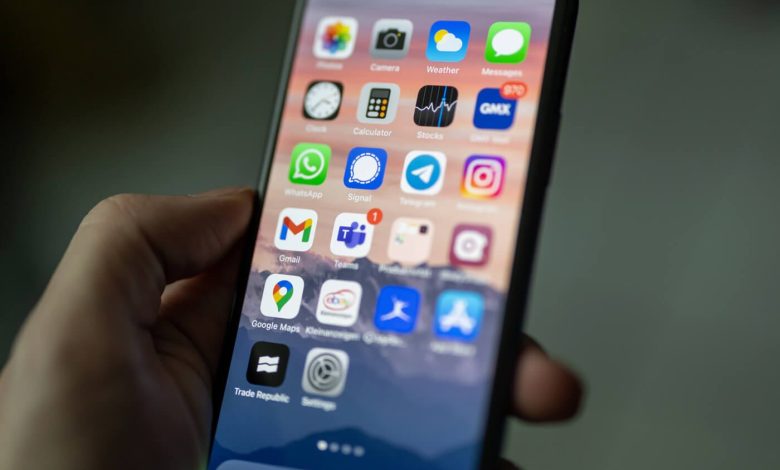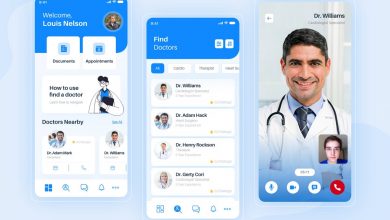The Steps How to Scope Your App Development Project

Clearly define your project goals using SMART criteria to scope your app development project effectively. Outline the app’s purpose, target audience, and key features, making informed decisions and communicating your vision to stakeholders. Detail the features, functionalities, and requirements, setting boundaries to stay on track and developing a clear roadmap. Identify key stakeholders and their needs, establish a timeline with realistic deadlines, and allocate resources efficiently. Following these steps will set a solid foundation for your app development project’s success.
Setting Project Goals
To ensure the success of your app development project, start by clearly defining your project goals. Setting specific, measurable, achievable, relevant, and time-bound (SMART) goals will provide a clear direction for your team.
Begin by outlining the purpose of your app, identifying the target audience, and determining the key features you want to include. Establishing these goals at the outset will help you stay focused throughout the development process and make informed decisions.
By having well-defined project goals, you can effectively communicate your vision to stakeholders, developers, and designers, ensuring everyone is aligned towards the same objectives.
Defining Scope
Now, as you move forward from setting your project goals, focus on clearly outlining the scope of your app development project. Defining the scope involves precisely detailing your app’s features, functionalities, and requirements.
Start by identifying the key objectives and deliverables that need to be accomplished. Clearly define the app’s purpose, target audience, platforms it will support, and any specific technical requirements.
Setting boundaries and limitations is crucial to ensure that the project stays on track and within budget. By defining the scope early on, you establish a clear roadmap for development, which helps avoid scope creep and ensures that everyone involved understands the project’s objectives and constraints.
Identifying Stakeholders
Identify the key individuals or groups who have a vested interest in the success of your app development project. Stakeholders typically include project sponsors, end-users, developers, designers, project managers, investors, and any other party directly impacted by the app.
Understanding the needs and expectations of these stakeholders is crucial for project success. By involving them early in the process, you can gather valuable insights, set clear expectations, and ensure alignment towards common goals.
Each stakeholder may have different priorities, so it’s essential to communicate effectively and manage expectations throughout the project. Regular updates and feedback sessions can help keep stakeholders engaged and informed, fostering a collaborative environment that supports the successful development of your app.
Establishing Timeline
When setting the timeline for your app development project, consider critical milestones and deadlines to ensure efficient progress.
Start by separating the project into smaller tasks and estimating the time needed.
Identify crucial checkpoints where specific features or components should be completed.
Create a timeline with realistic deadlines for each development phase, considering any dependencies between tasks.
Allow some flexibility for unexpected challenges that may arise during the project.
Regularly review and adjust the timeline as needed to stay on track.
Allocating Resources
Consider the optimal distribution of resources to maximize efficiency and productivity in your app development project. Start by assessing the skills and strengths of your team members. Assign tasks according to expertise, ensuring each member contributes effectively.
Allocate time wisely, avoiding overloading individuals with unrealistic deadlines. Utilize project management tools to streamline communication and task tracking. Budget resources carefully, balancing cost-effectiveness with quality deliverables.
To prevent bottlenecks, prioritize tasks based on importance and dependencies. Regularly evaluate resource allocation throughout the project to make necessary adjustments. By strategically allocating resources, you can enhance collaboration, meet deadlines, and achieve successful outcomes in your app development endeavour.
Frequently Asked Questions
How Can the Project Team Effectively Communicate and Collaborate Throughout the Development Process?
Establish clear channels of communication to effectively communicate and collaborate throughout the development process. Set regular check-ins to stay updated on progress and address any issues promptly. Utilize project management tools to keep track of tasks, deadlines, and milestones. Encourage open dialogue among team members to brainstorm ideas, share feedback, and address concerns. This fosters teamwork and ensures project success.
Having a structured communication plan helps streamline the development process and ensures everyone is on the same page. It also promotes transparency, accountability, and effective problem-solving. By fostering a collaborative environment, you can leverage team members’ diverse skills and perspectives to drive innovation and achieve project goals.
What Steps Can Ensure the Project Stays Within Budget and Adheres to the Timeline?
It is important to monitor expenses closely to ensure your project stays within budget and adheres to the timeline. Review progress regularly, communicate openly with team members, and adjust plans as needed. Stay proactive and flexible.
How Should Potential Risks and Challenges Be Identified and Addressed During the Project?
To identify and address potential risks and challenges during the project, you must:
• Conduct thorough risk assessments.
• Involve stakeholders in discussions.
• Create contingency plans.
Stay proactive in monitoring for issues to ensure successful project completion.
What Strategies Can Be Implemented to Maintain Quality Control and Ensure a Successful End Product?
To maintain quality control and ensure a successful end product, you should establish clear standards, conduct regular testing, solicit feedback from users, and adapt swiftly to changes.
Consistent communication and a focus on continuous improvement are key.
How Can Feedback and Input From End Users Be Incorporated Throughout the Development Process to Ensure the App Meets Their Needs and Expectations?
To ensure your app meets user needs, incorporate feedback throughout development.
Engage users early and often and gather input on features, usability, and design.
Adjust based on their insights to create a product that exceeds expectations.
Conclusion
Now that you have set your project goals, defined the scope, identified stakeholders, established a timeline, and allocated resources, you’re well on your way to successfully scoping your app development project.
By following these steps, you can ensure that your project stays on track and meets the needs of your stakeholders. Remember to communicate effectively and adapt as needed to ensure a successful outcome.




